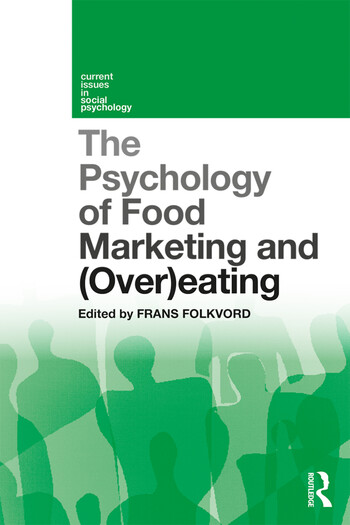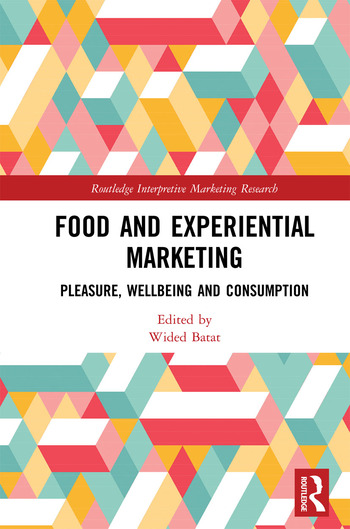2019 Predictions: Flavor & Food Trends
Datassential Provides a Sneak Peek at Flavors, Foods for 2019 and Beyond
Technology is beginning to allow us to target a consumer's health needs and goals at an individual level

Cheese tea gaining popularity in US markets.
PHOTO COURTESY OF: KRAFT HEINZ (WWW.KRAFTRECIPES.COM)
When Datassential makes its annual trend predictions each year, we tend to look far into the future. Here’s a sneak peek at some trends that should be on your radar for 2019 and beyond. Let’s start with two macro trends that have the potential to impact the entire industry:
Healthy 4.0: Personalized Nutrition—Our definition of health continues to evolve—moving from Healthy 1.0 (low-fat, low-calorie) to Healthy 2.0 (feel-food foods, organic, local) to Healthy 3.0 (functional foods, protein). However, for the most part, these eras have focused on consumers overall. Suddenly everyone is eating low-calorie or protein-rich foods or it seems like we’re all on the same diets. Yet technology is beginning to allow us to target a consumer’s health needs and goals at an individual level, with DNA tests that even recommend specific vegetables or proteins.
A Dose of Inception—Datassential’s Menu Adoption Cycle is a framework for understanding food trends, from “Inception” (very trendy foods found on the most innovative menus) to “Ubiquity” (tried-and-true dishes that everyone knows and loves). As the trend cycle speeds up, we’ve seen the second stage, “Adoption,” become the industry sweet spot, with foods that are interesting enough to cater to today’s more adventurous, food-aware consumers.
But we’re starting to see some major brands take a chance on those really unique, Inception-level ingredients in order to stand out and make a stand early in a trend’s lifecycle. A few years ago Starbucks took a chance on a drink that almost nobody in the US had heard of at the time with the flat white, while Arby’s has been offering up venison, elk, and duck sandwiches.
We also want to cover some of the trending dishes, ingredients, and flavors that should be in your toolbox for the future—the next sriracha and kale, so to speak:
Cheese Tea: This on-trend drink from Asia is finally starting to go national in the US. While it may sound unusual, many versions have a sweet, cheesecake-like taste, a flavor already found in milkshakes and frozen coffee drinks, though the more savory versions aren’t that different from Starbucks’ salted cream cold foam.
Tajin: Anyone who grew up in a Mexican family or neighborhood is no stranger to this combination of chili peppers, lime, and salt, but this seasoning grew well over 800% on menus overall in the past four years, used on fruit, paletas, cocktail rims, and simply as a versatile option for the table or condiment bar.
Booza: This Arabic ice cream (called “dondurma” in Turkey) has a stretchy, elastic texture that makes it particularly thick and rich. Think of it as next-level gelato.
Barberries: The overall interest in Middle Eastern and Persian cuisine is driving growth of barberries, a type of dried berry with a sweet-yet-tart flavor that cuts through rich dishes.
Asian Whiskeys: Many of the fastest-growing options on menus in the past year were Asian whiskey brands. If you’ve been featuring whiskey and bourbon as an ingredient (think bourbon caramels), start paying attention to the growth of Asian whiskeys.
Now when someone asks you, “What’s trendy?” you’ll be ready. Cheers to being ahead of the game and to a year of creative, exciting ideas.
Originally appeared in the December, 2018 issue of Prepared Foods as Future Forward.
Looking for a reprint of this article?
From high-res PDFs to custom plaques, order your copy today!








